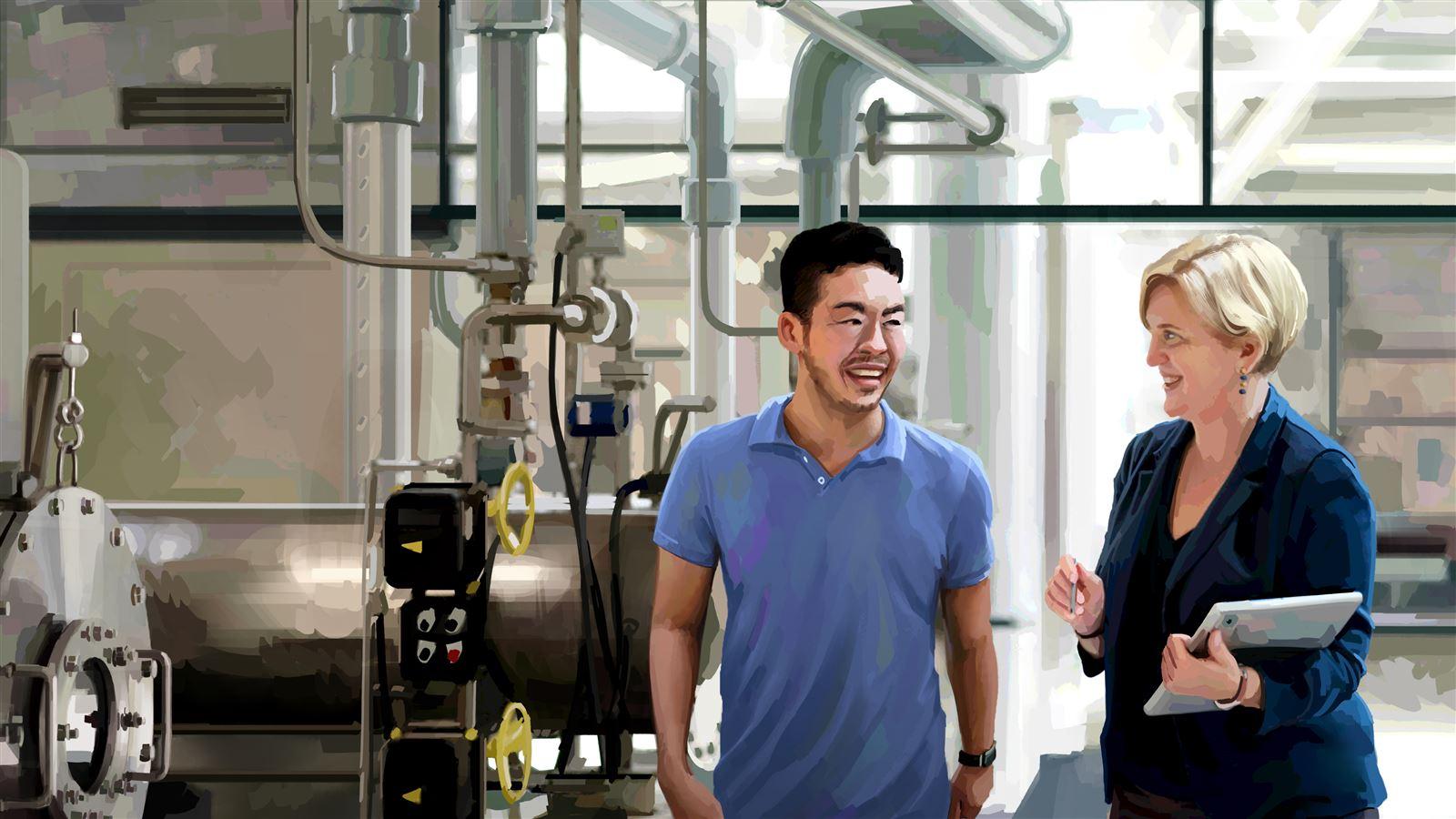Insightful, enduring solutions that operate ahead of the curve.
Insightful, enduring solutions that operate ahead of the curve.
For more than 75 years, we’ve forged tremendous, long-standing relationships by providing legendary client experiences. Always looking forward, we prepare today for the problems we may face tomorrow, guiding our clients through uncertainty and forging a path towards a more promising future. Across all our technical practices, we provide unparalleled expertise that’s innovative, creative and ever-evolving. Learn more about our technical practices, the experts who are proud to call CDM Smith home, and the solutions we’ve created that embrace what’s next.

Rewarding careers redefining tomorrow. It’s happening NOW.
Are you ready for what’s next on your career journey? We’re hiring and looking for the best and brightest to join us now.

